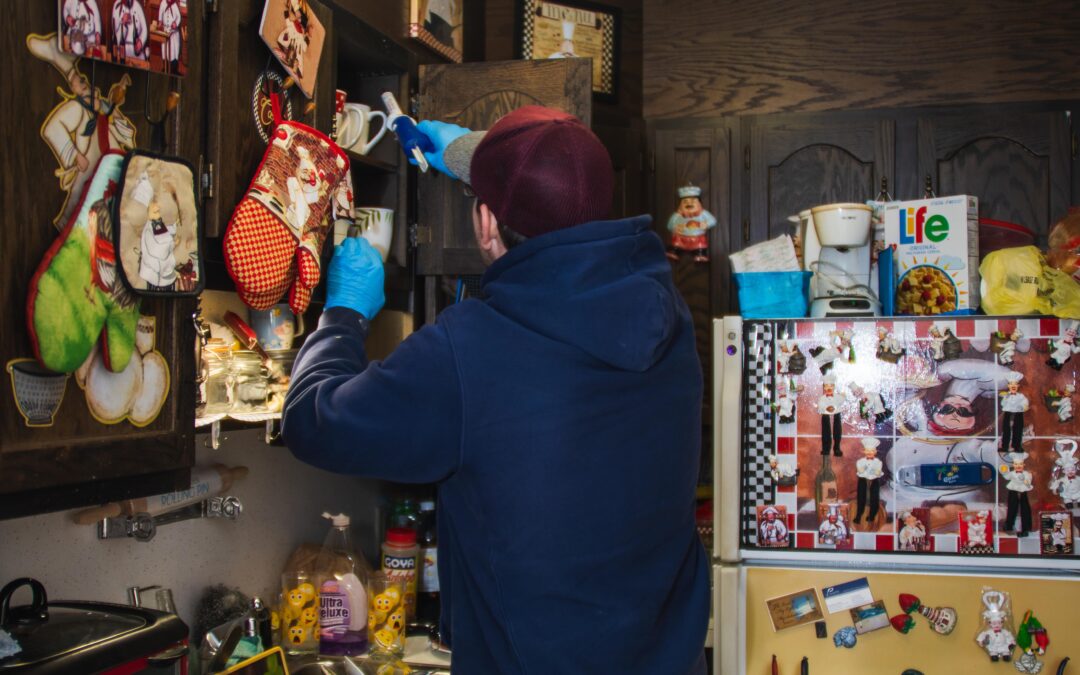Maintaining potted plants within a home is a great way to add aesthetic appeal to interior living spaces. However, the presence of indoor plants make homes more vulnerable to arthropod pest infestations. For example, numerous plant-eating arthropods, particularly beetles, will not hesitate to invade homes where potted plants are abundant, and many common arthropod house pests, like mites, springtails and a variety of ant species, often hitchhike into homes in potted plant soil. Of course, residents can always opt for artificial plants in order to eliminate the risk of attracting plant pests into homes, but most gardeners and amateur horticulturists consider fake plants to be tacky. While most residents do not maintain indoor plants, a great number of residents are in the habit of setting up Christmas trees within their home annually. Due to their large size and substantial foliage, a great number of arthropod pests are able to hide unnoticed within Christmas trees. In fact, it is possible for 25,000 arthropod pests to maintain harborages in an average sized Christmas tree.
According to Doug Hundley, a former pest management professional and current spokesperson for the National Christmas Tree Association, the types of arthropod pests that are commonly found within Christmas trees are generally very small species that are exceedingly difficult to notice, even when they are prevalent within a tree. Also, common Christmas tree bugs usually migrate to various areas within a home where they can reproduce and even spread disease-causing microorganisms. This is why it is common for these pests to remain within a home long after Christmas trees are discarded.
The most common arthropod pests found within Christmas trees include spiders, mites, aphids, sawflies, praying mantises, bark beetles and weevils. These pests are generally harmless, but aphids secrete defensive fluids that can stain carpeting and furniture upholstery, and some spiders, notably recluse and widow species, can inflict medically harmful bites. Many common Christmas tree pests can leave behind eggs, body fragments and shed skins that can serve as indoor allergens. Residents can minimize the risk of transporting Christmas tree pests into their home by first inspecting the trunk and undersides of branches for pests and eggs, and by vigorously shaking a tree and storing it within a garage for a few days before bringing it indoors. Regularly vacuuming beneath and around a Christmas tree is also a wise idea.
Have you ever experienced an insect pest infestation that you believe originated with an infested Christmas tree?

